
Connecting pre-university students with professional science
Contextual Curriculum Connections
A1 Velocity, force, acceleration, Newton’s first law
in the context of atmospheric monitoring especially by weather balloons
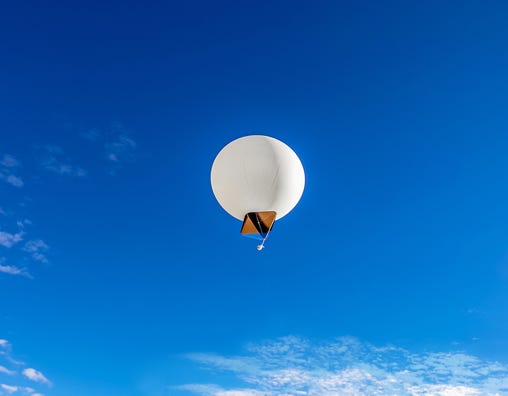
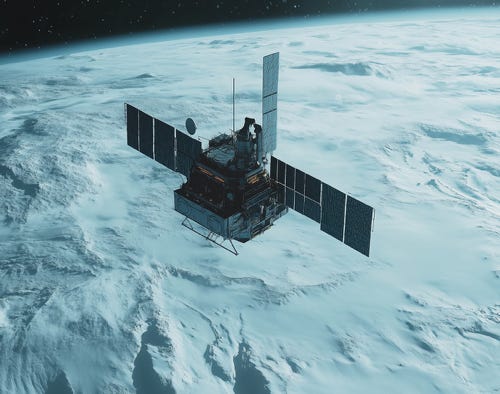
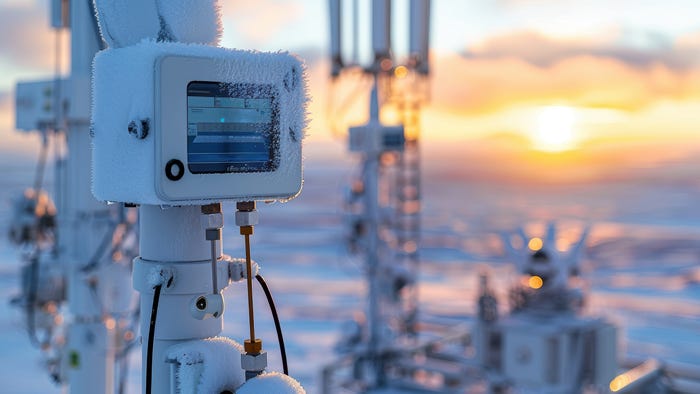
The Antarctic weather can be studied by balloon, by satellite, and by ground-based observations.
Two UAE engineers talk about their visit to the Antarctic Peninsula to install a new weather station.
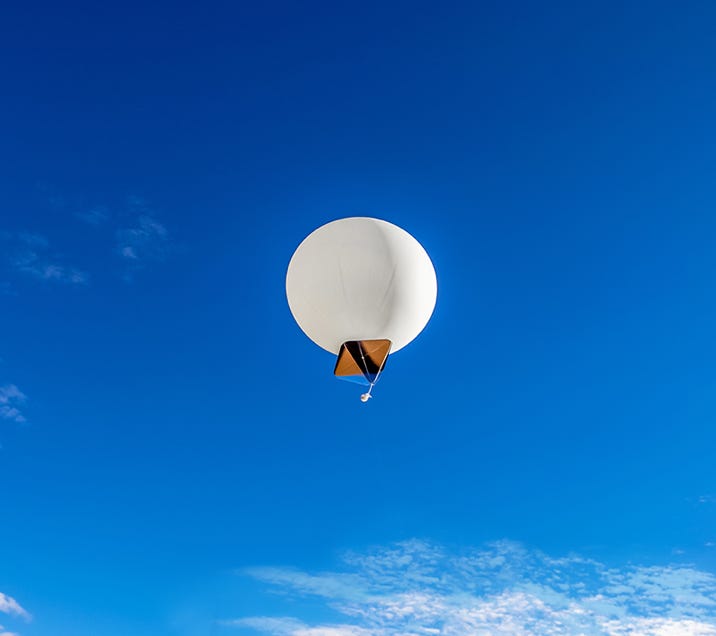
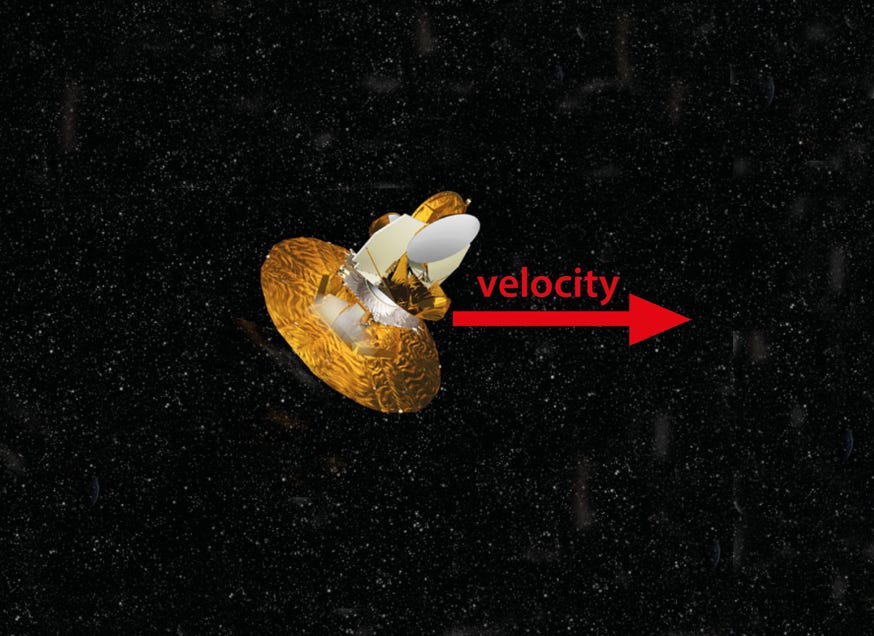
Straight line motion far from a gravitationally attracting body and without resistance has constant velocity.
Velocity is a vector quantity – if it’s constant then neither its size nor its direction change.
Credit: NASA / WMAP Science Team (amended)
Studying quantities with direction as well as size – vector quantities – is simpler when there is no resistance.
An object in remote space moving in a straight line, like a long distance spacecraft, experiences no resistance to its motion. It needs no force to keep moving with constant velocity.
The air is a resistive medium. It produces resistance to motion – resistive force.
The balloon also experiences gravitational force, towards the Earth, and an upthrust (flotation force) due to the air.
Using a weather balloon for meteorological observations from a South African ship, SA Agulhas II in the Southern Ocean
A video from the Antarctic Legacy of South Africa
RATE OF CHANGE of velocity … Δv / Δt
That has it’s own name: acceleration

Same change of velocity …
… but different rate of change
Change (Δv) and rate of change (Δv / Δt) should never be confused.
Newton’s First Law:
An object continues at constant velocity (which may be zero velocity) UNLESS it experiences a net force.
Putting that the other way round:
When there is a net force there is ALWAYS change of velocity.
Force F leads to change of velocity, Δv.
Net force: this may be the only force acting, or it could be the overall result of the action of a combination of forces.

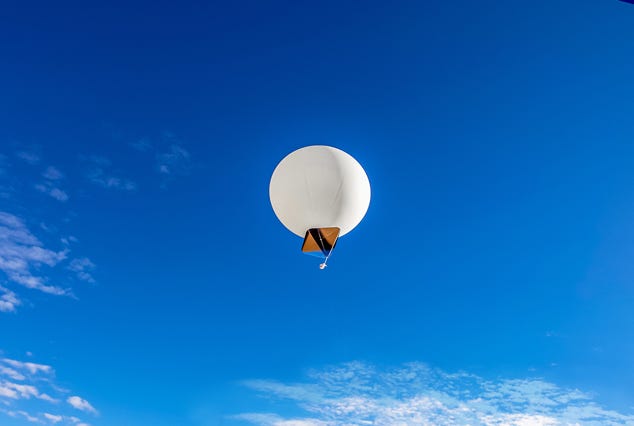

Upthrust (flotation force due to the air)
Weight, or force of gravity
These two forces have the same size but opposite direction. They balance each other so that net force is zero.
Velocity doesn’t change.
Note that in Physics, since we use the word ‘weight’ to mean a kind of force, it is measured in newton, N.


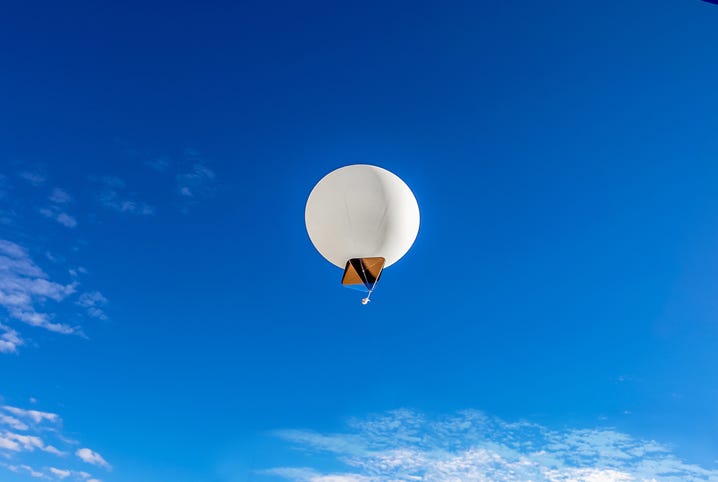
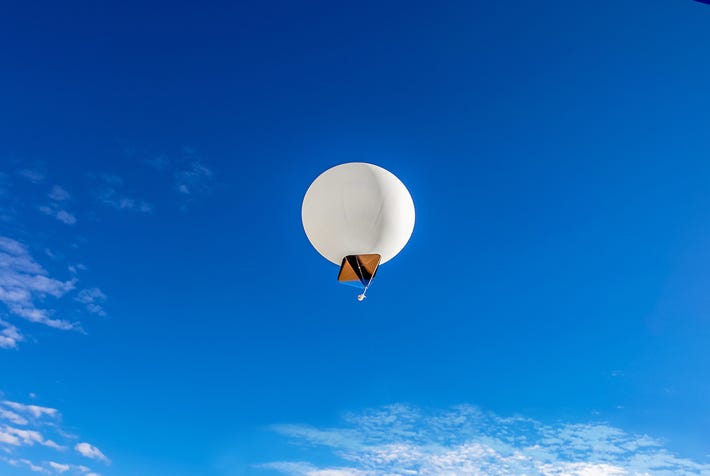
net force
(upwards)
upthrust


weight
If the upthrust is bigger then there IS a net force.
The balloon MUST be experiencing increasing upwards change of velocity.
It MUST be accelerating upwards.

Here there is ZERO net force.
These vertical forces can produce no CHANGE in velocity, and no acceleration.
However, the balloon CAN have a constant velocity, just like the spacecraft.
Satellites versus balloons – which is better?
A NASA video.
See more
v … Δv … Δv/Δt … and force
In the context of the International Space Station
This link is not yet active.
More links will be added as this platform grows.
(C) David Brodie 2025 Note that all external videos and websites remain copyright of the creators
